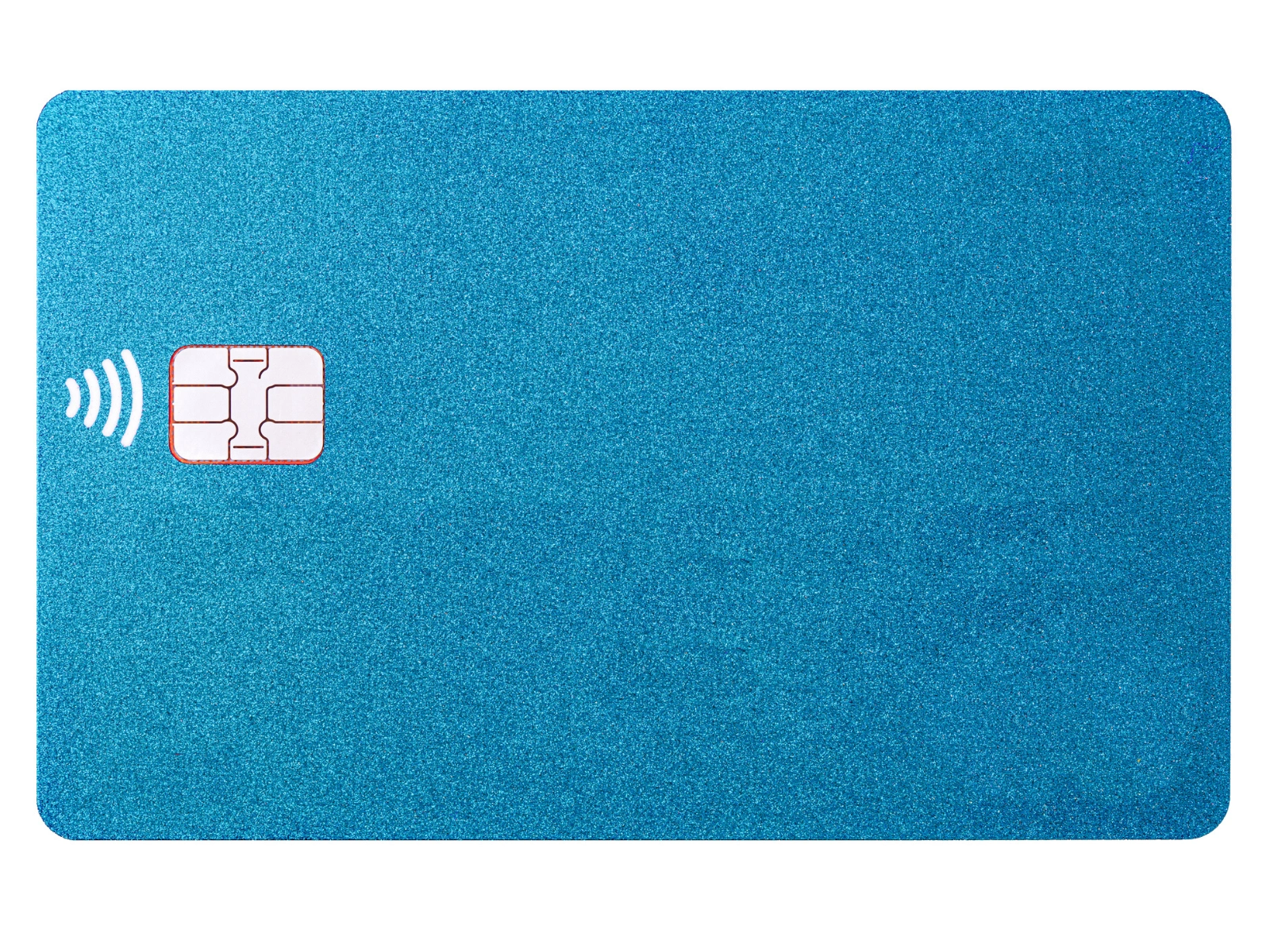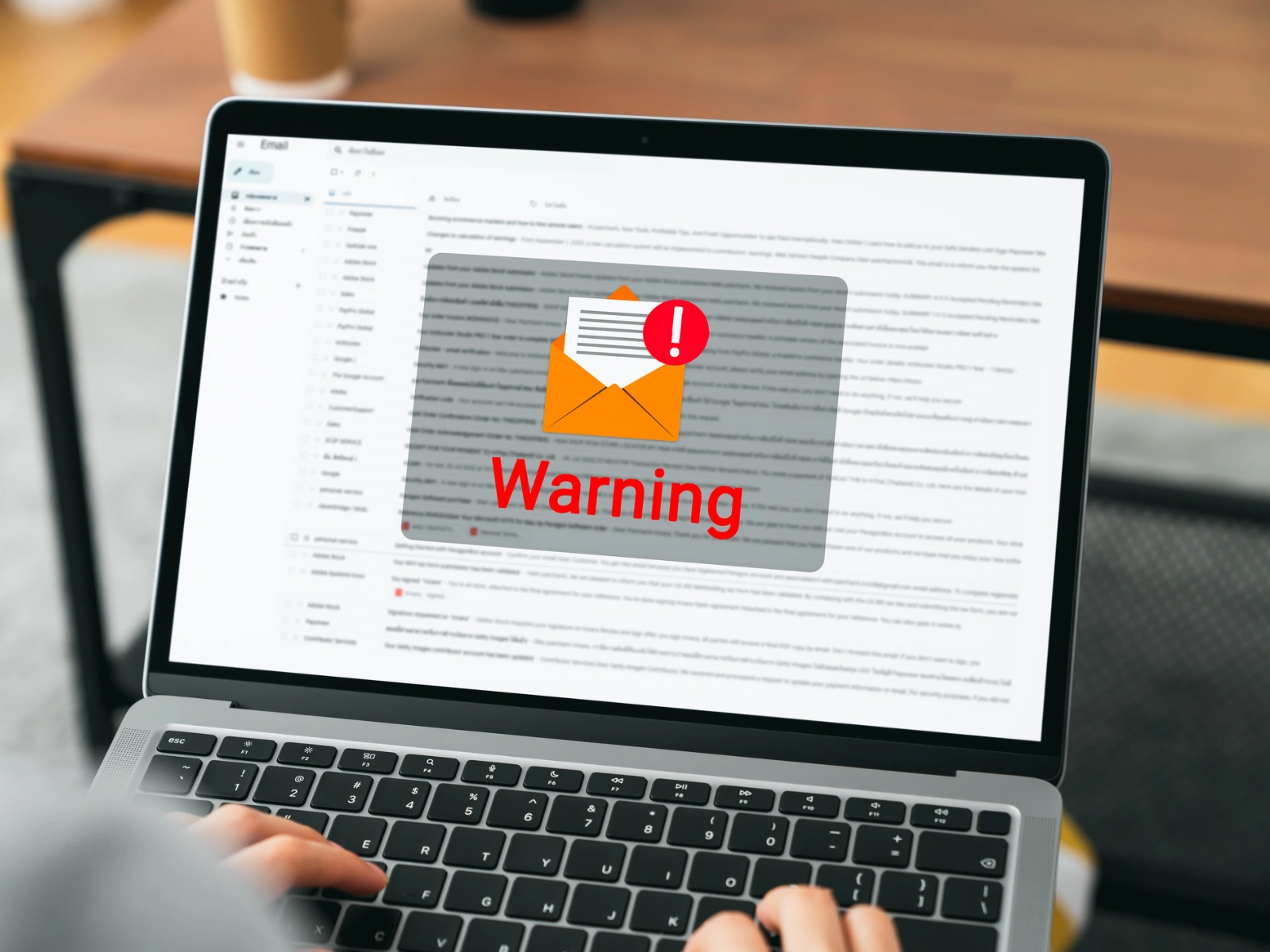How Mastercard’s Payment Changes Apply to Nonprofits


This summer Mastercard’s recently released transaction processing rules began to make waves in the nonprofit community. These rules include new requirements around recurring and subscription billing models, like those associated with subscription services (for example, Netflix).
The new rules are in place to create transparency for consumers around the terms of their subscriptions. Mastercard aims to reduce billing errors and minimize chargebacks from consumers who were unaware of the terms of their subscription, or unwillingly entered a subscription agreement with a merchant who did not provide clear terms and conditions.
In October 2022, Mastercard confirmed that the new rules are not required for all nonprofits. But in order to provide a positive, transparent donor experience, we recommend following these rules as best practice.
The New Rules
- Merchants must send a confirmation email to each subscriber at the time of the first recurring payment. The email must outline the full terms of the subscription, including the total cost and charge frequency.
- The merchant must provide a billing receipt after each charge, with clear instructions on how to cancel the subscription. If the subscriber opts out of email, they will typically no longer receive billing receipts (this depends on the tool).
- Merchants must have an online cancellation method in place or provide clear instructions for cancellations accessible on their website.
- If a merchant’s subscription service has recurring charges six months or more apart, the merchant must notify the subscriber of the upcoming charge. This notification must include cancellation instruction and be sent between seven and 30 days before the billing is to be processed.
What does this mean for nonprofits?
The new Mastercard rules are beneficial to consumers entering into subscriptions for goods or services from for-profit companies. But what do these rules mean for nonprofit organizations who rely on recurring donations?
At first, the impact on nonprofits was unclear. In October 2022, Mastercard released an update stating that nonprofits are mostly exempt from their new rules. According to Mastercard:
“The requirement to provide an electronic receipt after each billing will now only apply to merchants that are identified for at least four months in the Acquirer Chargeback Monitoring Program (ACMP). In addition, all requirements will now only apply to non-profit and charity merchants that are identified for at least four months in the ACMP.”
ACMP monitors all merchants and can classify merchants as an Excessive Chargeback Merchant (ECM), a High Excessive Chargeback Merchant (HECM), and an Excessive Fraud Merchant (EFM). If a nonprofit organization is classified under any of these ACMP classifications for four or more months, the new Mastercard rules will become a requirement for that nonprofit.
For all nonprofit organizations who are NOT classified as an ECM, HECM, or EFM by ACMP, the new Mastercard rules are not requirements but rather recommended as best practice for recurring donors.
What should my organization do next?
While the new Mastercard rules are not required for nonprofits operating under ACMP compliance, implementing these rules as best practices for your organization will only improve the donor experience.
Our recommendations:
- Clearly state the terms of the recurring donation. When a donor enters their credit card information on your website, make sure it is clear that they are entering into a recurring payment by stating the payment amount and when the charge will occur each month. Donors should have the opportunity to confirm their payment using a confirmation page.
- Send all new recurring donors an immediate email confirmation. As soon as the donor confirms their payment, an email should be sent with confirmation of the payment, reiteration of the recurring payment terms, and clear instruction on how to cancel their gift.
- Send a receipt after each payment. The emailed receipt should include confirmation of the payment and clear instructions on how to cancel the monthly gift moving forward.
- Make your online cancellation process clear. The ability of a donor to cancel their recurring gift should be available online. Allow your donors to manage their donations through an online portal where they can easily make changes to or cancel their donation. If you are unable to provide such an online option make sure there are clear instructions on how to contact your organization via email or telephone to cancel a recurring donation.
Donors should have full transparency into when and how much they are donating at any given time. They should also have full control of their recurring commitment and the ability to update or cancel that commitment at any time.
Some nonprofit CRMs, like Classy, are working to automate this process and ensure all clients are compliant with these best practices. However, it often requires time and expertise to set up these automations properly.
Firefly Partners can help you look at your organization’s recurring gift process and ensure you are complying with these best practices. We can also ensure you are using any automations set up by your CRM that makes this process more streamlined. Making sure your donors are having a positive experience with your website and your donation process means your donors are happy and stay engaged with your organization. for help auditing your donation process and make sure your donors continue supporting your cause!
Related resources

Thanks! You’ll hear back within 48 business hours
In the meantime, why not check out our latest case study?

Whether you need help with a project, want to learn more about us, or just want to say hi, you’ve come to the right place.






